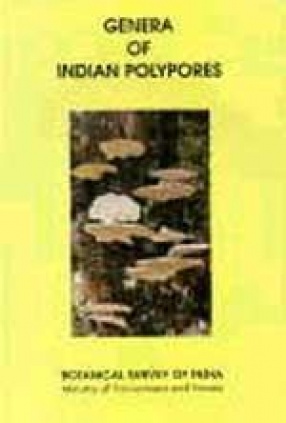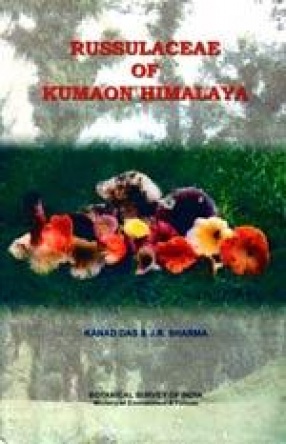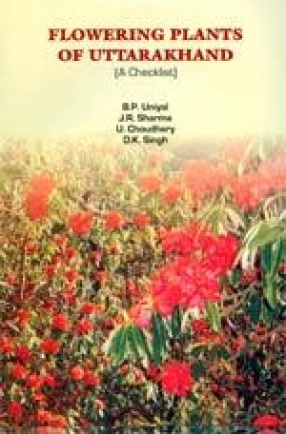
Showing all 5 books






The present volume provides taxonomic account of this interesting group based on authors own field observations and supplemented with the study of numerous types and other authentic specimens. It gives a historical and morphological account of the group and provides exhaustive taxonomic account of 188 genera and 681 species.
Contents: 1. Introduction. 2. Macro and micromorphological characters. 3. Key to families. 4. Auriscalpiaceae. 5. Bankeraceae. 6. ...

This manual is intended to cover fungi having different kind of hymenophore but with distinct brown basidiocarps turning permanently black in KOH. The earlier reports of hymenochaetaceous fungi from India dates back to Montagne (1842, 1846); Berkeley (1954); Llyod (1898-1925) and Theissen (1911). However, Bose (1924, 1925, 1934, 1937, 1946); Bagchee et al 1954, Bakshi 1971 and Rattan 1977 were among the pioneer Indian workers giving accounts of many species ...

During these studies, lower groups of plants – the Cryptogams in general have received less attention. In the recent years, however, efforts have been underway to streamline the studies on various groups, viz. Algae, Bryophytes, Fungi and Lichens. Among the Cryptogams, the fungi with about 14,500 species, constitute a dominant group after the flowering plants. The poroid fungi represent a larger and diverse complex of fungi playing an immensely beneficial role ...

This manual is divided into three parts. The first part is the "Introduction" giving a general account of the work done on Russulaceae both at international and national level and justifying the objectives of the study. The chapter on "technical terms" deals with the terms used to designate the characters in the manual. This is followed by a chapter on "methodology" depicting the methods of work followed during the course of this ...

Uttarakhand was carved out of Uttar Pradesh on 9 November 2000 as a separate state. The state is predominantly mountainous with exception in the south where plain areas occur. The state encompasses two phytogeographical regions, the Siwaliks and the Western Himalayas, a storehouse of plant wealth. The altitudinal variation and varied topography make the state floristically a rich area. The state has no published flora of its own, therefore it was decided to ...
